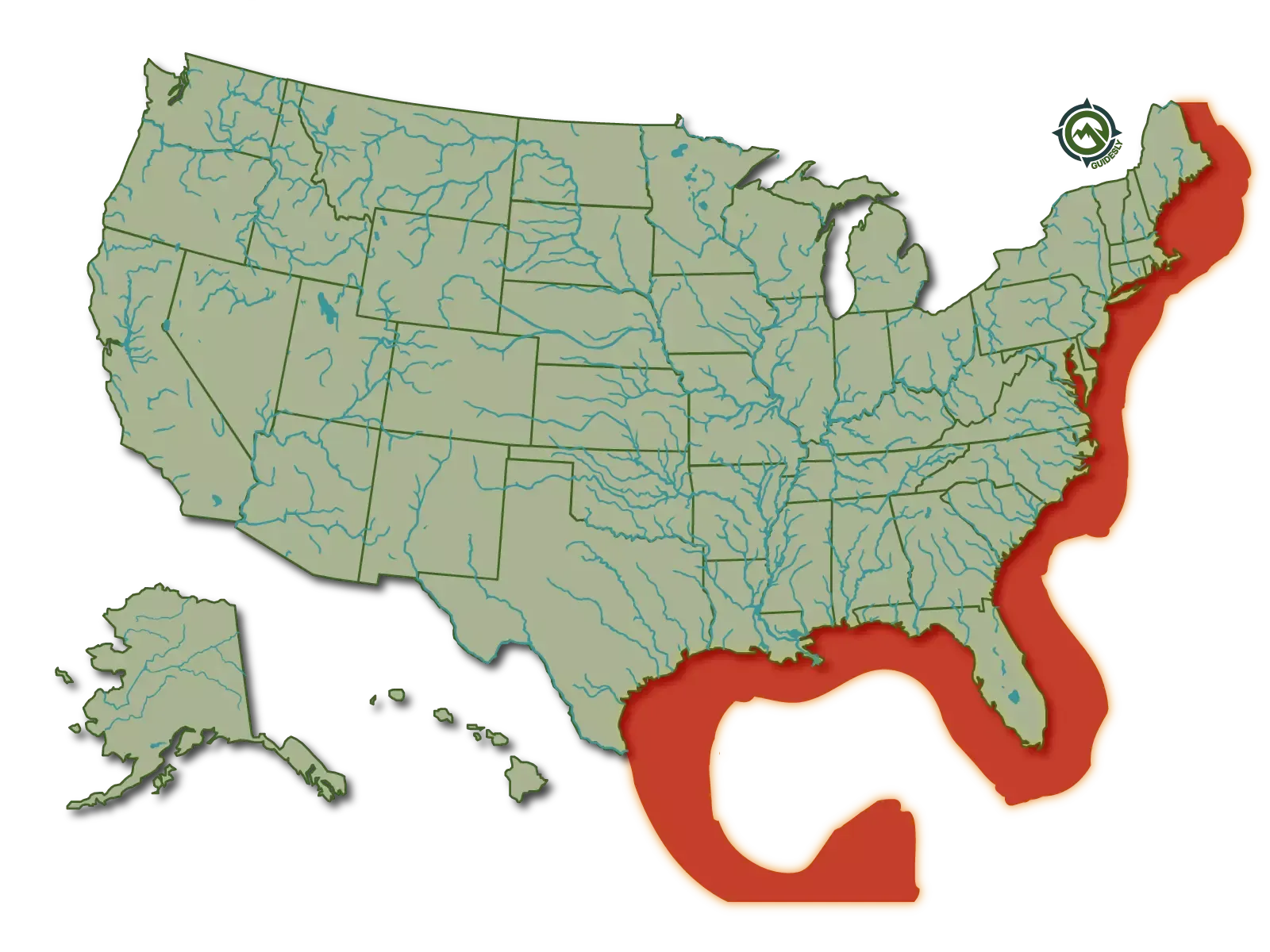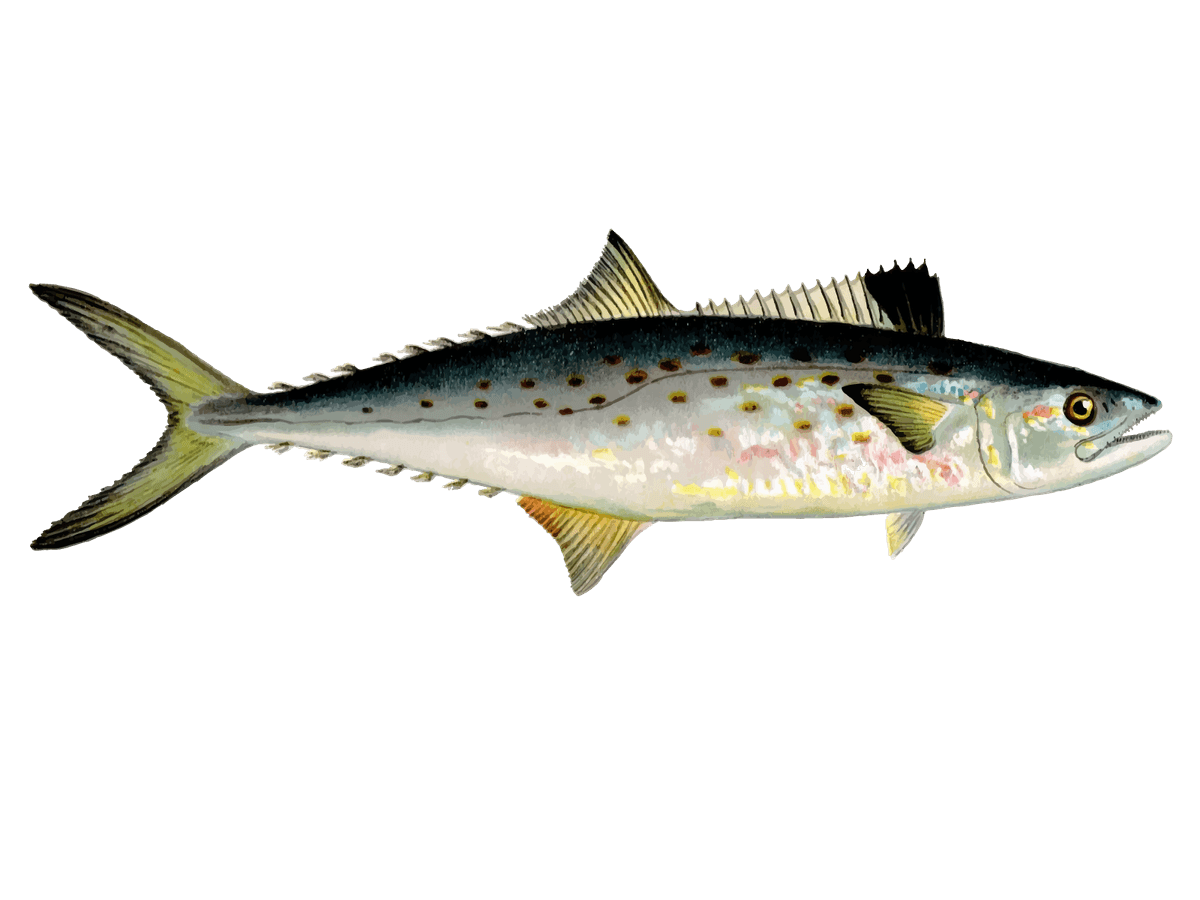Beginner-Friendly Spanish Mackerel Fishing
- Published Date: August 19, 2025
- Fishing
- Carolina Beach NC
- $550 - $1,400 price range
Summary
%2F%2Fusers%2F04a08f25-2138-470f-b511-abacd0e8e0ee%2Fratecard%2F52ba554dade3da425be9faa0b6f13855.jpg&w=1200&q=75)
Reels and Smiles


Reel in the Fun: Carolina Beach Beginner's Charter
Looking to dip your toes into the world of saltwater fishing? Our 3-hour morning charter off Carolina Beach is the perfect intro for newcomers. We'll cruise the calm inshore waters, targeting Spanish Mackerel - a speedy little fish that'll give you a taste of what coastal angling is all about. With room for up to 6 folks, it's a laid-back way to learn the ropes and maybe land your first catch. Our captain knows these waters like the back of their hand, so you're in good hands as you get the hang of things. We've got all the gear you need, so just bring yourself and get ready for some fun on the water.
What to Expect on the Water
Picture this: you're out on the boat as the sun's coming up, coffee in hand, watching the coastline fade into the distance. Our seasoned captain will find the spots where Spanish Mackerel are biting, and before you know it, you'll be feeling that telltale tug on your line. These fish are quick and feisty, so even if you've never held a rod before, you're in for some excitement. We'll show you the basics - how to cast, reel, and hopefully land your catch. It's all about having a good time, so don't sweat it if you're not hauling in monsters on your first go. The calm inshore waters mean you won't be fighting rough seas, making it perfect for folks who might be a bit nervous about boats. By the time we head back to the marina, you'll have some fish tales of your own to share.
Fishing 101: Gear and Techniques
We keep things simple for beginners, using light tackle that's easy to handle. You'll be working with spinning reels - they're user-friendly and great for casting lures or bait. Speaking of bait, we might use small live fish like menhaden or artificial lures that mimic the mackerel's favorite snacks. The technique we'll teach you is called "trolling." It's basically dragging lures behind the boat as we cruise along. When a mackerel hits, you'll feel it - and that's when the fun starts. We'll show you how to play the fish, keeping tension on the line without breaking it. Don't worry if you get tangled or lose a fish - it happens to the best of us. The captain and mate are there to help you out and make sure you're having a blast, whether you're reeling in dinner or just enjoying being out on the water.
Species You'll Want to Hook
Spanish Mackerel are the stars of this show, and for good reason. These silver torpedoes are a blast to catch, especially for newbies. They're usually in the 1-3 pound range, but don't let their size fool you - they fight like fish twice their weight. Spanish Mackerel are known for their blistering runs and acrobatic jumps, so hang on tight when you hook one! They travel in schools, so when you find them, the action can be non-stop. Late spring through early fall is prime time for these fish around Carolina Beach. They're not just fun to catch; they're tasty too. If you're lucky enough to land a few, you might go home with some fresh fillets for the grill. Just remember, the real trophy is the experience and the stories you'll take home.
Why Anglers Keep Coming Back
Folks who've never fished before often get hooked after a trip like this. It's not just about catching fish - it's about being out on the water, feeling the salt spray, and disconnecting from the daily grind. Our regulars tell us it's addictive. There's something special about watching the sunrise from the deck of a boat, or seeing dolphins play in the wake. And let's be honest, there's nothing quite like the rush of reeling in your first fish. Even if you don't catch a cooler full, you're bound to have some laughs and make some memories. It's a low-pressure way to try something new, and who knows? You might just discover a new passion.
Top Catches This Season
While Spanish Mackerel are our main target, the inshore waters off Carolina Beach are full of surprises. Depending on the time of year and what's running, you might also hook into some Bluefish - another scrappy fighter that'll give you a run for your money. If we're really lucky, we might spot some bigger game like King Mackerel or even a stray Cobia. These bigger fish are usually a bit further offshore, but they sometimes cruise the inshore waters looking for an easy meal. Just remember, it's called fishing, not catching - so come with an open mind and enjoy whatever the ocean decides to offer up that day.
Time to Book Your Spot
Ready to give fishing a shot? Our 3-hour beginner's charter is the perfect way to test the waters. Whether you're looking for a fun family activity, a unique date idea, or just want to try something new, we've got you covered. Remember, we provide all the gear and know-how - you just need to bring your sense of adventure. Space is limited to 6 guests per trip, so don't wait to lock in your spot. Give us a call or book online, and get ready to make some waves. Who knows? You might just discover your new favorite hobby. See you on the water!
Learn more about the species
Spanish Mackerel
Spanish Mackerel (Scomberomorus maculatus)
Often found both coasts of Florida and the Gulf of Mexico, the Spanish Mackerel (Scomberomorus maculatus) is a favorite fishing target for both recreational and commercial fishers. It can be easily identified with its long, streamlined body, silvery color with a dark greenish top, and yellowish oval spots scattered on its sides. They are speedy swimmers and can often be seen in large groups or schools. They also migrate from the northern part of the Atlantic coast to as far south as Mexico during winter. They can, however, be found in pretty much every ocean in the planet.
Spanish Mackerels are carnivores and usually prey on prey mainly on herring, menhaden, sardines, mullet, needlefish, and anchovy and, sometimes, even on shrimp, crabs, and squid. On the other hand, same as their close relatives like tuna and other mackerels, they are preyed upon by dolphins, sharks, and of course, humans.
The Spanish Mackerel is a highly valued fish for both sports fishers and commercial fishers because of its tasty meat that can be cooked by grilling, frying, baking, and even by smoking. It’s also a popular fish in Japan and other countries as it can be eaten raw as sushi.
Interesting Facts About Spanish Mackerel
- The biggest Spanish Mackerel ever caught measures a little over six feet long and weighs about one hundred and twenty pounds.
- Angler Doug Buhagiar with the help of his brother caught the humongous fish on the beach on Fraser Island off Australia’s eastern Queensland coast.
- Spanish Mackerels are one of the fastest swimmers in the ocean, clocking at about 5.5 meters per second on average.
- They swim in large groups or schools that can stretch up to 20 miles.
- They can live up to twenty-five years in the wild.
- As with other mackerel species, Spanish Mackerels are often caught for food.
- They can be cooked in various methods, including: baking, grilling, steaming, smoking, poaching, and frying.
- The Spanish Mackerel is also a popular sushi fish.
- They are a source of omega-3 fatty acids in human diet.
- High human consumption meant high demand for the fish, thus, led to overfishing and a significant fish population decline over the past few decades.
- Fishing restrictions were made to help repopulate oceans with this particular fish species.
- Annual catch limits are divided between the commercial and recreational fishers in both the Atlantic and Gulf of Mexico.
- Minimum size restrictions are also placed to provide the species time to mature and spawn.
- Since the regulations, Spanish Mackerel populations have significantly improved.
- Females can lay 500,000 to 1.5 million eggs throughout the spawning season.
- Their eggs float in the water because they contain oily drops.
- For fertilization, the eggs merge with sperm cells that are released by males.
Spanish Mackerel Average Speed and Size
Clocking in on average at 5.5 meters per second, the Spanish mackerel is one of the fastest and most agile fish species in the ocean. They can also mature and grow really fast, reaching their full maturity in just two years. An adult measures about one to two feet in length and weighs around eight to eleven pounds.

Where to Find Them
Many successful anglers have caught Spanish Mackerels by trolling or drifting on boats. Others have also been successful fishing on piers, jetties, and beaches by casting spoons and jigs and live-bait fishing. They can often be found in large schools swimming near the surface of the water. Although, this fish live mainly in tropical and subtropical waters, it can sometimes be seen in temperate waters as well.
Spanish Mackerel Fishing Tips
If you’re going to be fishing offshore, look around structures in the open waters where schools of Spanish Mackerels are often seen. Just make sure to drift to the area where they are so as not to spook the school of fish away. For nearshore fishing, again check around structures in open waters, including flats and oyster bars. In a warmer weather, schools are often spotted closer to shores. So you might want to stay on land and fish in the surf, piers, and jetties when the water warms.
As for the gears you’re going to need, here are some of our recommendations:
Equipment
- Light to medium spinning tackle
- Medium 7 to 8-foot rod
- 12-20 lb. braided line
- 1/0-2/0 circle hook that matches bait size
Lure
- Heavy metal lures, shiny spoons
- Plastics with jig heads
Bait
- Live shrimp and fish such as sardines, minnows, mullet, and greenbacks
- Cut bait such as squid
Is Spanish Mackerel Good to Eat?
When it comes to delicious fish that is versatile in flavor and texture, Spanish Mackerel is at the top of the list. This fish is a great ingredient to cook with and offers many different options for tasty dishes. It has a mild flavor that is not too fishy. When cooking with Spanish Mackerel, it can be grilled, baked, or even smoked, which makes it an excellent choice for different cuisines. The texture of this fish is also quite unique, as it is both flaky and tender at the same time. Whether you want to fry it up for a crispy meal or use it in a stew, there are many possibilities when it comes to preparing Spanish Mackerel.
Besides being a delicious and versatile fish, Spanish mackerel is also a healthy option for your diet. It is packed with essential nutrients such as omega-3 fatty acids and protein, which can improve heart health and provide energy.

About the Sportfishing Boats
%2F%2Fusers%2F04a08f25-2138-470f-b511-abacd0e8e0ee%2Fvehicle_picture%2Fimage-2024-06-14t064736.425.png&w=1200&q=75)
Vehicle Guest Capacity: 6
Manufacturer Name: Detroit Diesel
Maximum Cruising Speed: 21
Number of Engines: 1
Horsepower per Engine: 700
%2Ffit-in%2F250x250%2Fguide_websites%2F16389%2Fimages%2F1718329546037image-2024-06-14t094533.801.png&w=1200&q=100)
%2Fusers%2F04a08f25-2138-470f-b511-abacd0e8e0ee%2Fimages%2Ffishing-trip-north-carolina-2463.jpeg&w=768&q=75)
%2Fusers%2F04a08f25-2138-470f-b511-abacd0e8e0ee%2Fimages%2Ffishing-carolina-beach-2412.png&w=768&q=75)
%2Fusers%2F04a08f25-2138-470f-b511-abacd0e8e0ee%2Fimages%2Fbig-catch-in-north-carolina-2394.jpg&w=768&q=75)
%2Fusers%2F04a08f25-2138-470f-b511-abacd0e8e0ee%2Fimages%2Fnorth-carolina-fishing-adventure-2366.jpeg&w=768&q=75)
%2Fusers%2F04a08f25-2138-470f-b511-abacd0e8e0ee%2Fimages%2Ffantastic-fishing-adventure-nc-2401.jpeg&w=768&q=75)
%2Fusers%2F04a08f25-2138-470f-b511-abacd0e8e0ee%2Fimages%2Fatlantic-sharpnose-shark-carolina-beach-2406.jpg&w=768&q=75)
%2Fusers%2F04a08f25-2138-470f-b511-abacd0e8e0ee%2Fimages%2Ftrio-fishermen-carolina-beach-2463.jpg&w=768&q=75)
%2Fusers%2F04a08f25-2138-470f-b511-abacd0e8e0ee%2Fimages%2Fbountiful-catch-north-carolina-2794.jpg&w=768&q=75)
%2Fusers%2F04a08f25-2138-470f-b511-abacd0e8e0ee%2Fimages%2Fspanish-mackerel-carolina-beach-2336.jpg&w=768&q=75)
%2Fusers%2F04a08f25-2138-470f-b511-abacd0e8e0ee%2Fimages%2Fgreat-fishing-trip-nc-2476.jpeg&w=768&q=75)
